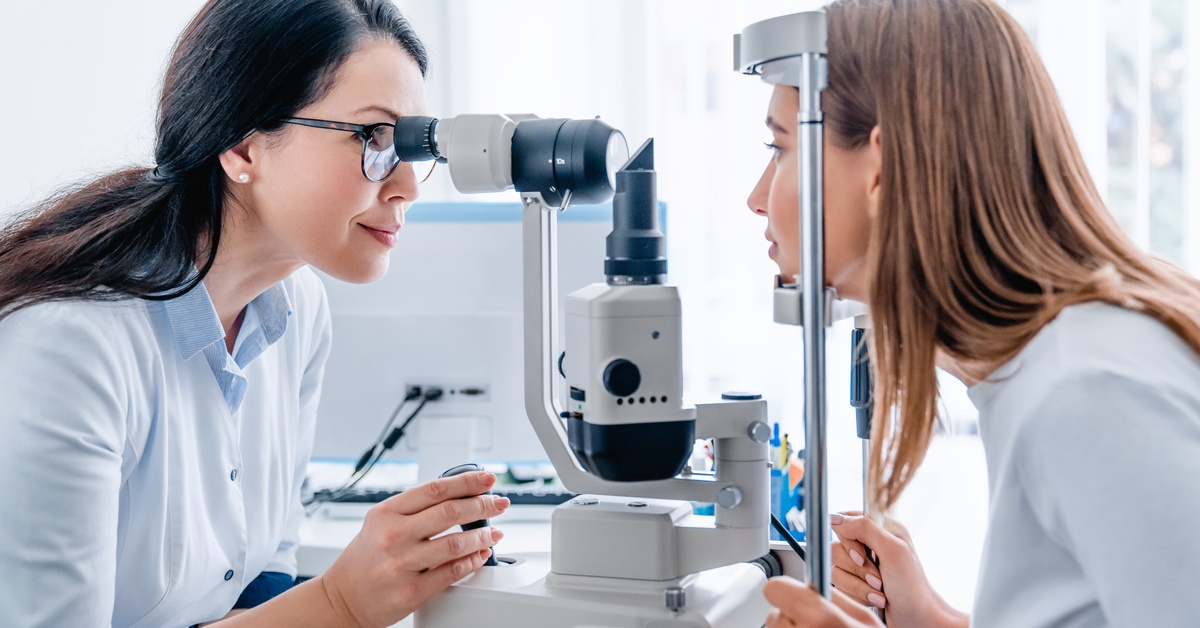
Modern eye care relies heavily on advanced ophthalmic equipment to provide precise diagnostics and effective treatments. These tools are essential for detecting and managing various ocular conditions, as well as helping eye care professionals deliver higher-quality care with consistency.
From high-resolution imaging systems to current tonometry devices, the role of advanced ophthalmic equipment in modern eye care enables a more comprehensive understanding of eye health and improved patient outcomes. This technology enhances precision, streamlines care, and improves the patient experience in ophthalmology practices.
Precision Diagnostics
High-resolution imaging systems capture detailed cross-sectional images of the retina, allowing practitioners to detect subtle changes that might indicate early-stage diseases. These sophisticated tools enable clinicians to identify conditions like diabetic retinopathy, macular degeneration, and glaucoma in their earliest stages, when treatment options remain most effective.
Digital fundus cameras have replaced traditional film-based photography, providing practitioners with instant, high-quality images for immediate analysis during patient visits. The role of advanced ophthalmic equipment in modern eye care has eliminated the delays associated with film processing and has improved the efficiency of diagnostic procedures. Practitioners can make informed decisions about treatment plans during the same appointment, reducing the need for follow-up visits and improving patient satisfaction.
Intraocular Pressure Monitoring
Accurate measurement of intraocular pressure remains fundamental to glaucoma diagnosis and management. Modern tonometry equipment has evolved to provide more precise readings while enhancing patient comfort during the examination process. Tonometers offer improved accuracy and consistency, helping practitioners make more confident clinical decisions about patient care.
The reliability of pressure measurements has improved with new equipment designs that minimize variables that could affect readings. These technological improvements have made routine eye pressure monitoring more dependable, allowing practitioners to track changes in patient conditions over time with greater confidence. Automated Ophthalmics continues to support these advances by providing high-quality tonometer tip covers that guarantee consistent, hygienic measurements.
Enhanced Treatment Planning
Advanced imaging systems generate detailed maps of the cornea, retina, and optic nerve, allowing customized treatment approaches for individual patients. These detailed anatomical maps help practitioners predict treatment outcomes more accurately and adjust their strategies accordingly. The ability to visualize microscopic changes in ocular structures has improved treatment timing decisions, allowing practitioners to intervene at optimal moments for maximum therapeutic benefit.
Improved Patient Experience
Contemporary ophthalmic equipment has enhanced the patient experience during eye examinations. Modern devices require less patient cooperation than older equipment, making examinations comfortable for patients of all ages. Faster examination times mean patients spend less time in uncomfortable positions, while improved lighting systems reduce eye strain during procedures.
Modern Eye Care
Advanced ophthalmic equipment guarantees accurate diagnostics, streamlined treatments, and improved patient care. These tools are practical for addressing a wide range of ocular conditions.
Ophthalmic supply companies, such as Automated Ophthalmics, manufacture in-house and support the foundation of modern eye care by providing high-quality, reliable accessories. These accessories enhance equipment performance and maintain consistent results. Helping eye care professionals underscores the importance of reliable tools in delivering exceptional patient care every day.
